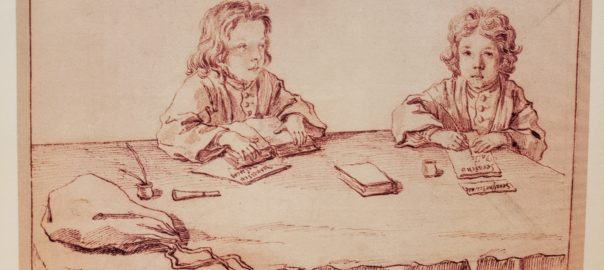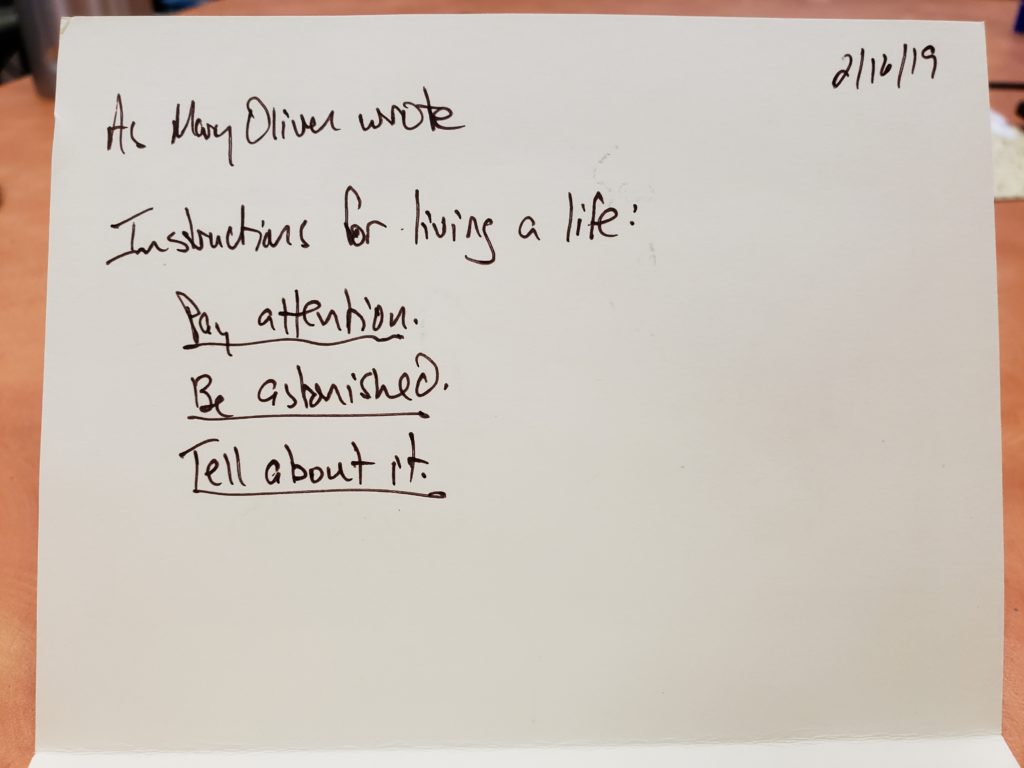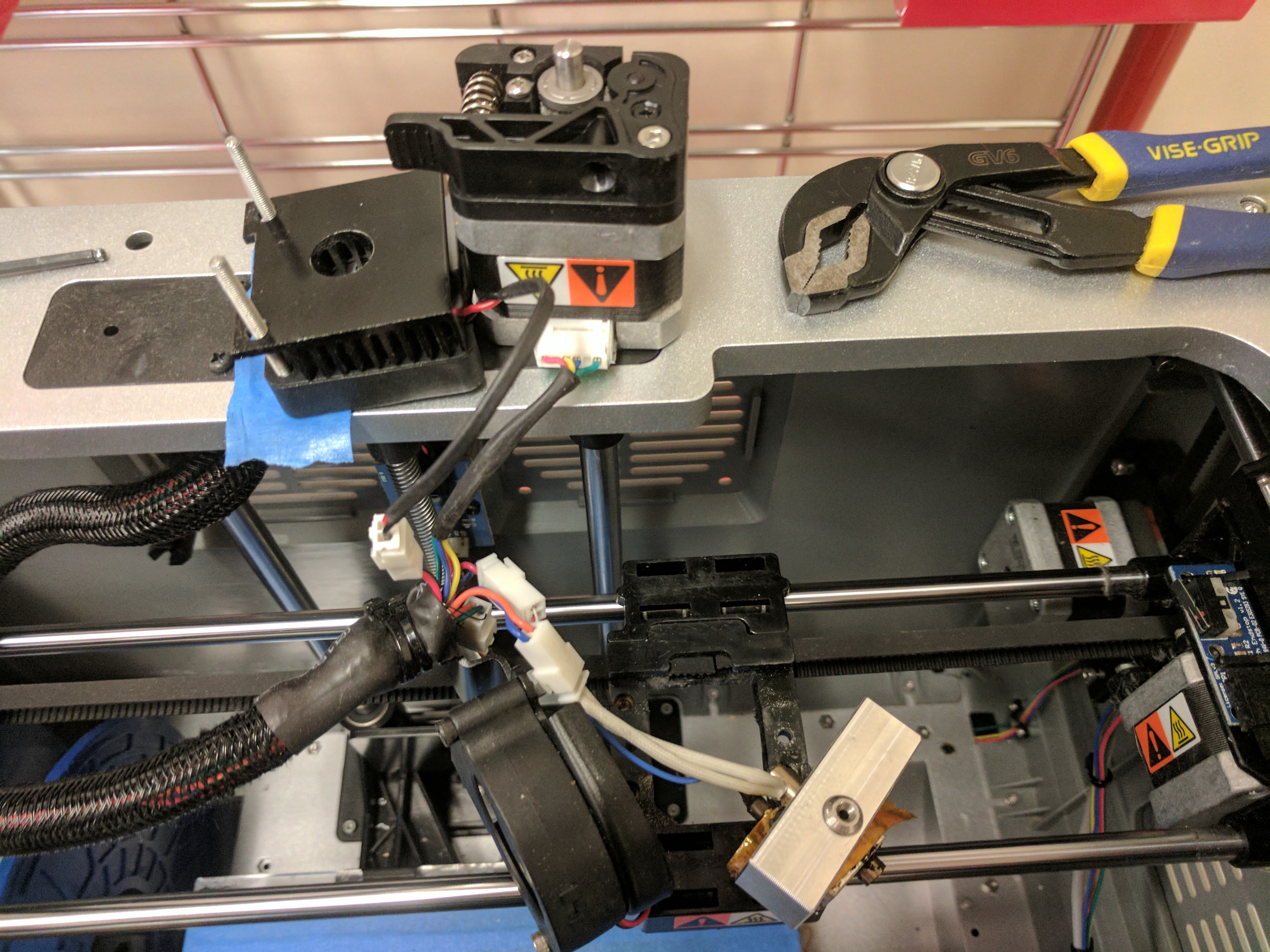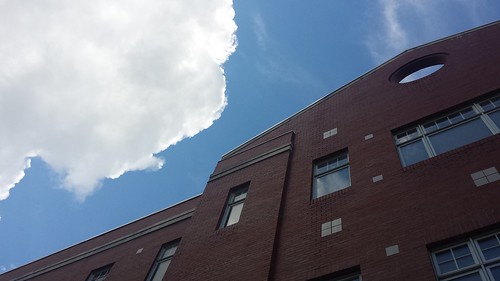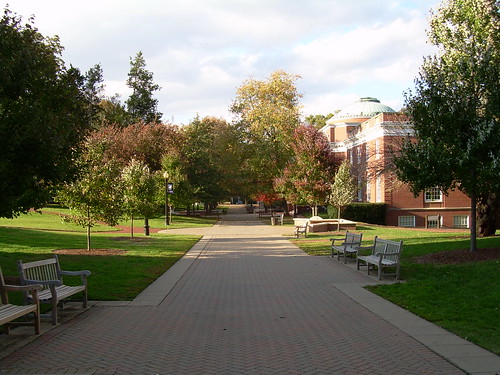There are many in my RSS reader who never stopped blogging and have kept writing all these years, but there is something about breaking a silence that can cajole me out of my own blog silence just a bit.
I most certainly have a bit of fearfulness in putting my writing out there. This space has mostly been reserved for more personal writing so I’ve worried about the violation of a random person (or even someone I know) eviscerating my writing in the form of a comment. I don’t desire to “build an audience” or be well known outside of my little quadrant of life. I count myself lucky to have never had a reason to turn off comments, but I understand why people have had to turn them off once they started gaining a larger readership. People on the internet can be less than nice at times.
So why even write in a public way? Why not keep it all in a journal? I suppose there is something about seeing other people around me write and share their insights, experience, and themselves that makes me think I should give back a little too. When one is in community with people there is a desire to have some give and take, a bit of “I see you. Do you see me?”. Even at a time when the power of the individual creator on the web seems so large it also feels like the vast majority of technology is designed to drive consumptive and addictive behaviors. I still see this medium as a refuge from the compulsive refreshing and stream of thoughts.
I’ve been trying to find more ways to build in reflection time in my life. I’m fairly decent at making space in my life and not filling it was busyness, but there is still something missing for me in the equation and I am fairly certain a regular writing habit is it. I’m a classic infrequent pen and paper journal writer (although I managed to keep a pretty decent gratitude journal last year). The unwinding of thoughts and connections made when putting pen on paper or letters on screen still feels like a kind of magic. I want to spend more times doing things that make happier long-term, even when they are hard. I don’t run because I love running. I run because I love “having run” and the rewards that come from persevering. In much the same way writing can be a struggle, but it generally ends up be a satisfying way to have spent time. And like running I find I do best when I have accountability and a community of people writing is one of the best. So, thanks to you all who keep that going and keep me going as well.

